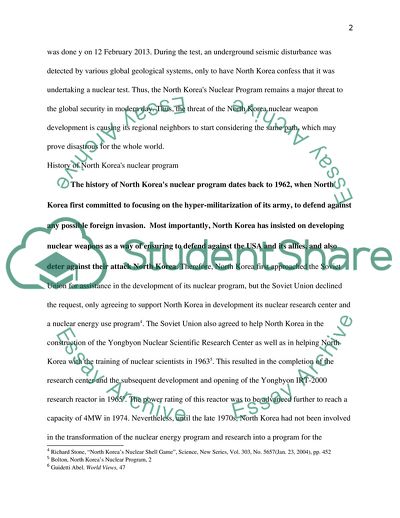Cite this document
(North Korea's Nuclear Program Report Example | Topics and Well Written Essays - 2750 words, n.d.)
North Korea's Nuclear Program Report Example | Topics and Well Written Essays - 2750 words. https://studentshare.org/politics/1872896-north-koreas-nuclear-program
North Korea's Nuclear Program Report Example | Topics and Well Written Essays - 2750 words. https://studentshare.org/politics/1872896-north-koreas-nuclear-program
(North Korea'S Nuclear Program Report Example | Topics and Well Written Essays - 2750 Words)
North Korea'S Nuclear Program Report Example | Topics and Well Written Essays - 2750 Words. https://studentshare.org/politics/1872896-north-koreas-nuclear-program.
North Korea'S Nuclear Program Report Example | Topics and Well Written Essays - 2750 Words. https://studentshare.org/politics/1872896-north-koreas-nuclear-program.
“North Korea'S Nuclear Program Report Example | Topics and Well Written Essays - 2750 Words”. https://studentshare.org/politics/1872896-north-koreas-nuclear-program.


